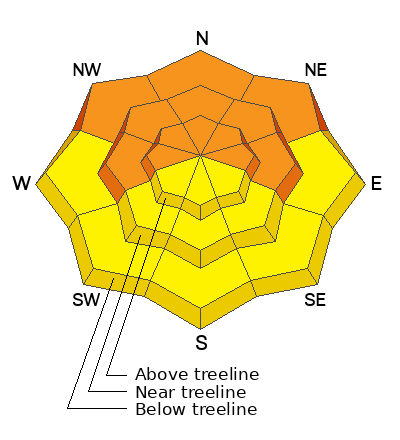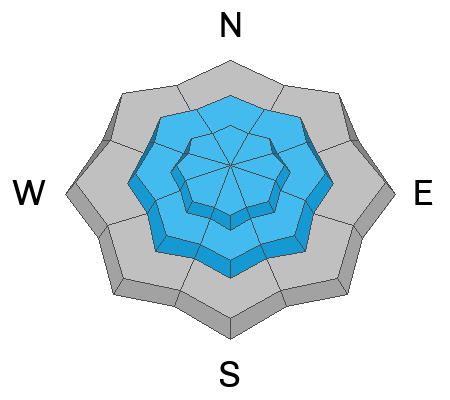Forecast for the Moab Area Mountains

Issued by Eric Trenbeath on
Monday morning, January 15, 2024
Monday morning, January 15, 2024
A CONSIDERABLE avalanche danger exists on all steep slopes facing W-N-E, near and above treeline, and on slopes facing NW-N-E below. Human triggered avalanches involving a buried persistent weak layer are likely in these areas.
A MODERATE avalanche danger exists on steep slopes facing SW-S-SE at all elevations, and on W and E aspects below treeline. Human triggered avalanches failing on a buried persistent weak layer are possible.
Incremental loading from recent and wind drifted snow has begun to stress a faceted weak layer in the snowpack on all aspects and we are developing one of the more treacherous snowpacks I've seen in some time. Avoiding slopes steeper than 30 degrees is the only safe option out there right now.

Low
Moderate
Considerable
High
Extreme
Learn how to read the forecast here








